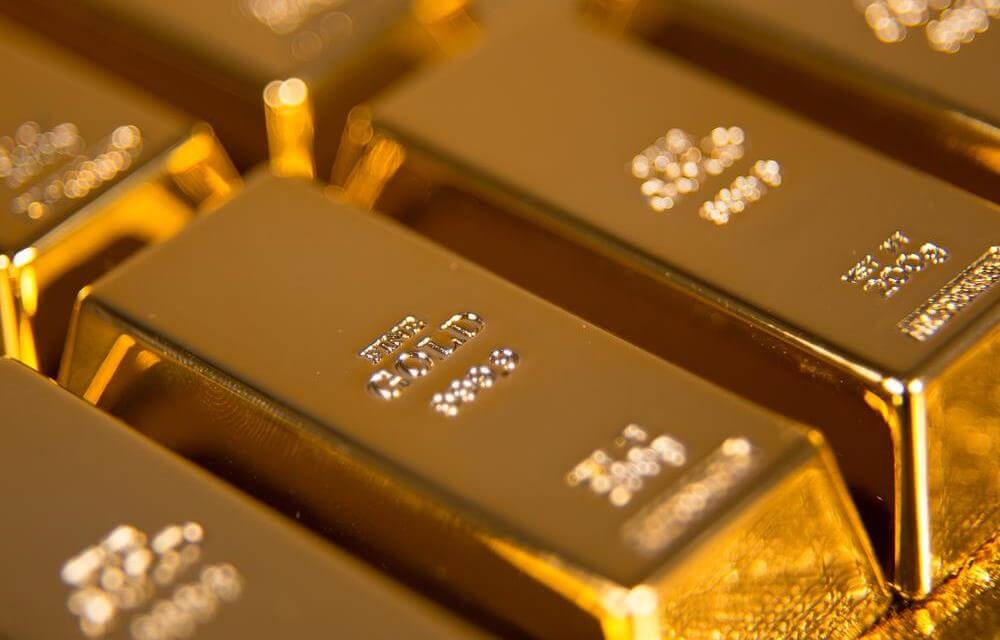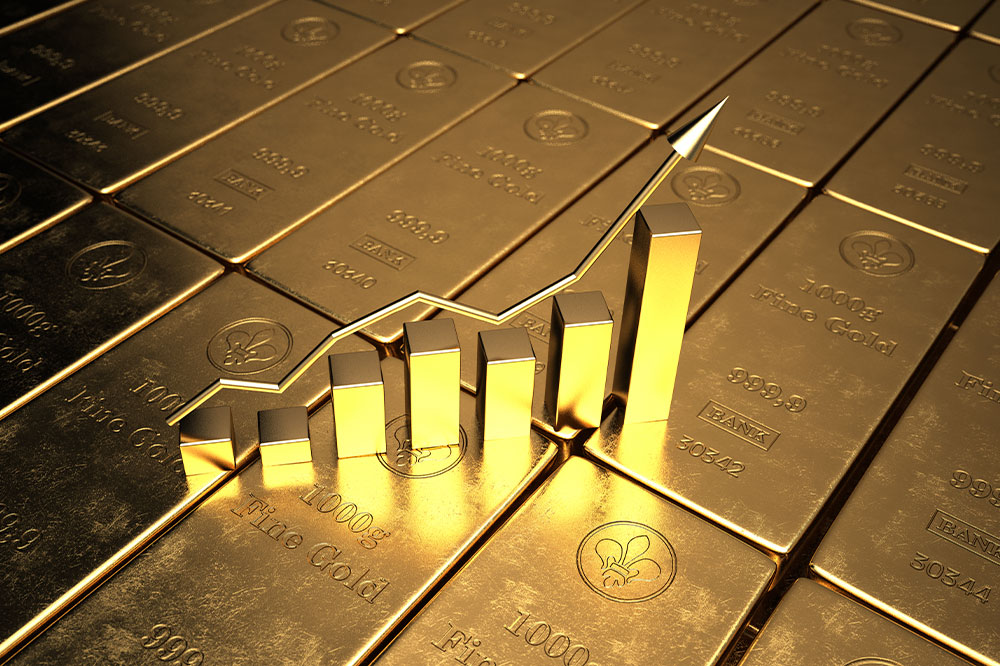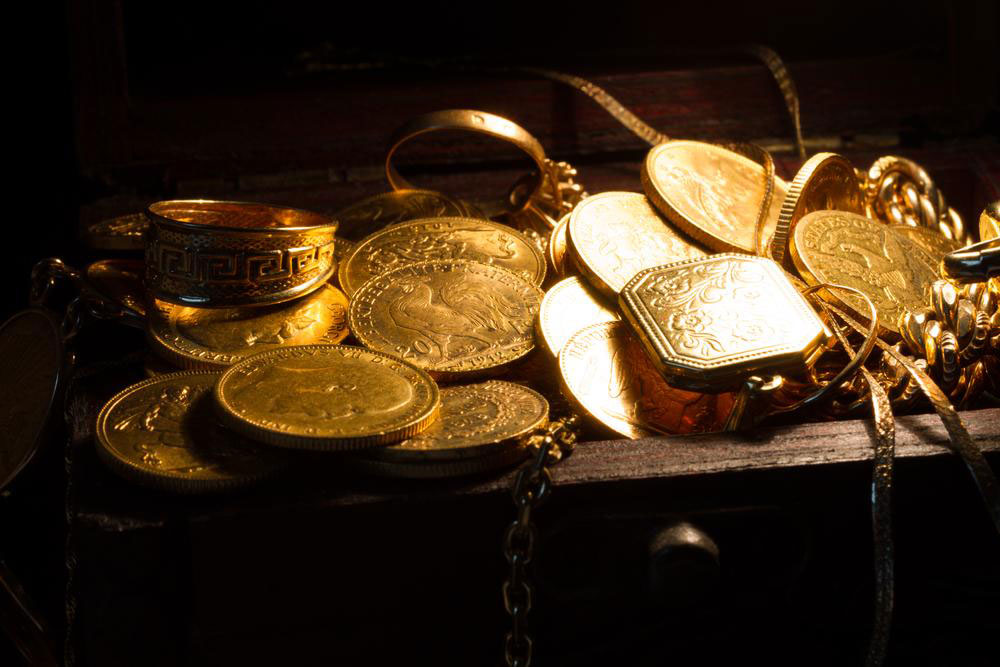Key Insights into Gold Trading and Investing
This article offers comprehensive insights into gold trading, covering price determination, trading units, premium factors, and key tips for investors. It emphasizes gold's role as a stable investment, its global traded prices, and essential conversions to understand market fluctuations. Whether buying coins or bullion, understanding the fundamentals is crucial to making informed investment decisions in the gold market.
Sponsored

Unlike stock markets, gold prices tend to stay relatively stable over time, making gold a popular hedge against inflation and currency devaluation. Gold trading involves buying and selling in the form of bars, ingots, or coins, with official bullion containing at least 99.5% pure gold. Prices are quoted based on the current spot price, predominantly measured in troy ounces, grams, or kilograms.
Gold is traded globally in units like ounces, grams, and kilograms. The common reference is the spot price of one ounce of gold, fluctuating every minute due to geopolitical, economic, and market factors. These factors include currency values—especially the US dollar—demand for jewelry and industry, central bank reserves, and supply levels.
Gold’s popularity extends beyond investment; it’s a cherished gift for festivals and special occasions. Industrial uses, such as in medical devices and electronics, also contribute to demand. When investors buy more gold relative to paper assets, the US dollar tends to strengthen, and gold’s value decreases.
The spot gold price reflects the immediate market value for buying or selling gold, differing from future or forward prices. It is primarily determined by the front-month futures contract traded on the COMEX. In cases of low volume, prices are based on the next active delivery month’s data.
Essential Tips Before Entering the Gold Market: Understanding metric conversions, such as ounces and grams, is key. The US uses avoirdupois ounces, while gold prices are typically quoted in troy ounces—1 troy ounce equals 31.1035 grams. Comparing prices accurately helps make informed investment decisions.
1 troy ounce = 1.09711 avoirdupois ounces
1 troy ounce = 31.1035 grams
Gold fixing, conducted twice daily by major banks and firms, establishes benchmark prices globally. While daily spot prices are used for trading, actual transaction prices include premiums for bullion fabrication, distribution, or numismatic value—especially for collectible coins. Gold prices remain uniform worldwide, traded in US dollars and converted locally to minimize arbitrage opportunities. Gold trading operates 24/7 in real-time, with only short breaks on weekdays, and prices are often set based on fixing rates or vendor data. Popular bullion coins include American Eagle, Canadian Maple Leaf, South African Krugerrand, and Austrian Philharmonic, with bullion generally preferred for lower premiums compared to numismatic coins.






